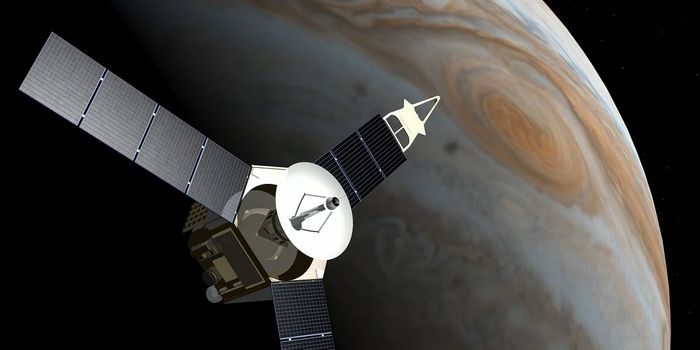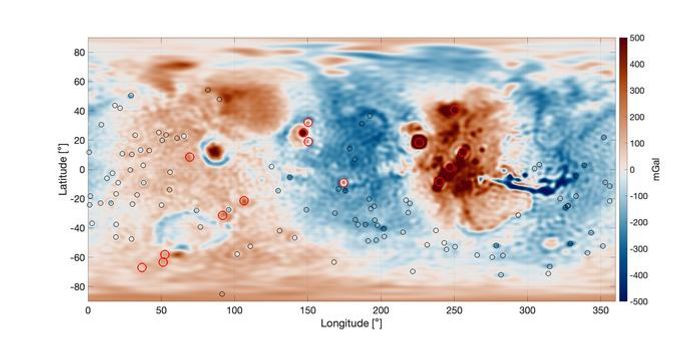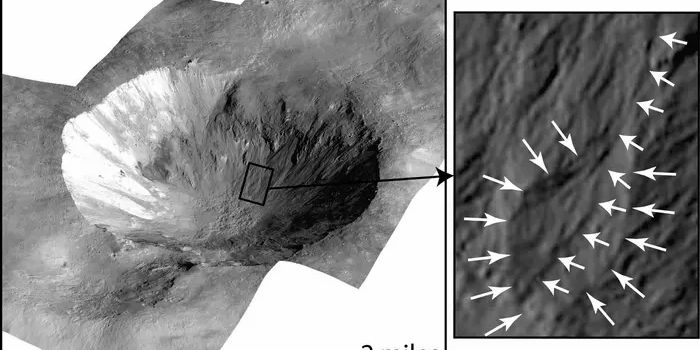Dragonfly Mission Takes Next Steps for Final Design, Construction, and Testing
Does Saturn’s largest moon, Titan, have the necessary ingredients for life as we know it, or even as we don’t know it? This is what NASA’s Dragonfly rotorcraft mission hopes to address as the space agency recently announced that the Dragonfly team can proceed to the final phases of design, construction, and testing, with a scheduled launched date of 2028. This comes after Dragonfly was selected by NASA in June 2019 and could help scientists better understand the origins of life beyond Earth.
“The Dragonfly mission is an incredible opportunity to explore an ocean world in a way that we have never done before,” said Dr. Elizabeth “Zibi” Turtle of the Johns Hopkins University Applied Physics Laboratory (APL) and the Dragonfly Principal Investigator. “The team is dedicated and enthusiastic about accomplishing this unprecedented investigation of the complex carbon chemistry that exists on the surface of Titan and the innovative technology bringing this first-of-its-kind space mission to life.”
Titan has intrigued scientists for several decades, as it’s the only moon in the solar system with a dense atmosphere and the only planetary body other than Earth with standing bodies of liquid on its surface. However, these bodies of liquid are comprised of methane and ethane as Titan’s surface temperature is a blistering -290 degrees Fahrenheit, which is cold enough to keep methane and ethane in a liquid form, whereas they are gases on Earth.
While initially imaged by NASA’s Pioneer 11 and Voyager 1 in 1979 and 1980, respectively, Titan’s thick atmosphere prevented images of its surface from being taken. It wasn’t NASA’s Cassini spacecraft visited Titan that scientists were able to use its powerful instruments to obtain the first images of Titan’s surface, revealing vast lakes and seas of liquid methane and ethane, along with dune fields that shifted throughout Titan’s seasons.
Cassini’s exploration of Titan culminated in releasing the European Space Agency’s Huygens probe, which parachuted through Titan’s atmosphere and landed on its surface, lasting approximately 90 minutes before its batteries were drained. During its descent and landing, Huygens obtained breathtaking images of Titan’s surface and even revealed evidence of rounded rocks on the surface, indicating liquid had shaped them.
Now, Dragonfly will use its rotorcraft capabilities to “hop” around Titan’s surface looking for evidence of prebiotic chemistry and signs of extraterrestrial potential throughout its planned 10-year mission, which will begin after arriving at Titan in 2034.
“Dragonfly is a spectacular science mission with broad community interest, and we are excited to take the next steps on this mission,” said Dr. Nicky Fox, who is the associate administrator for the Science Mission Directorate at NASA Headquarters. “Exploring Titan will push the boundaries of what we can do with rotorcraft outside of Earth.”
Will Dragonfly identify signs of extraterrestrial life on Titan, and what will this rotorcraft teach us about finding life beyond Earth? Only time will tell, and this is why we science!
As always, keep doing science & keep looking up!
Sources: NASA, Johns Hopkins Applied Physics Laboratory, NASA (1), NASA (2), NASA (3)
Featured Image Credit: NASA/Johns Hopkins APL/Steve Gribben








